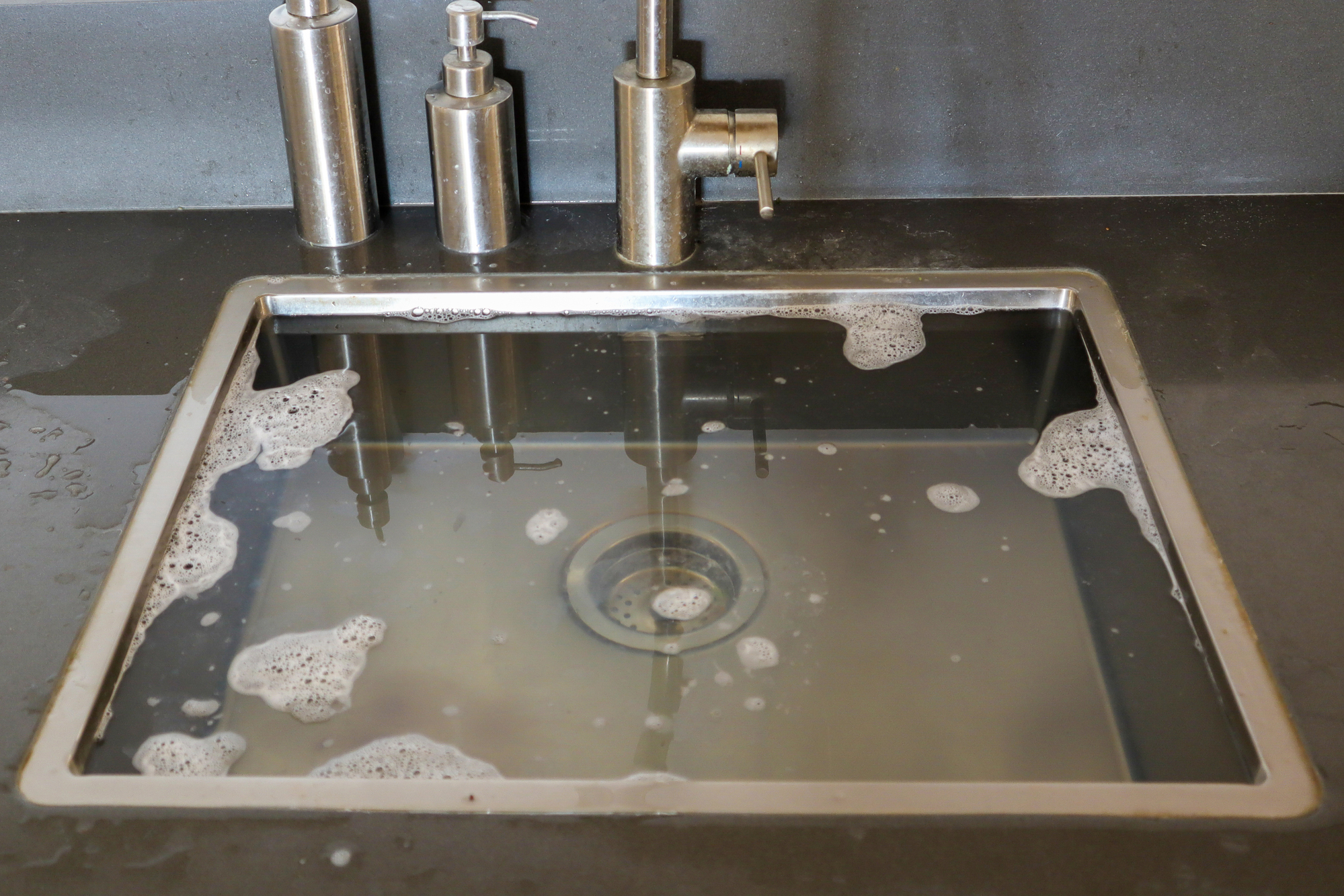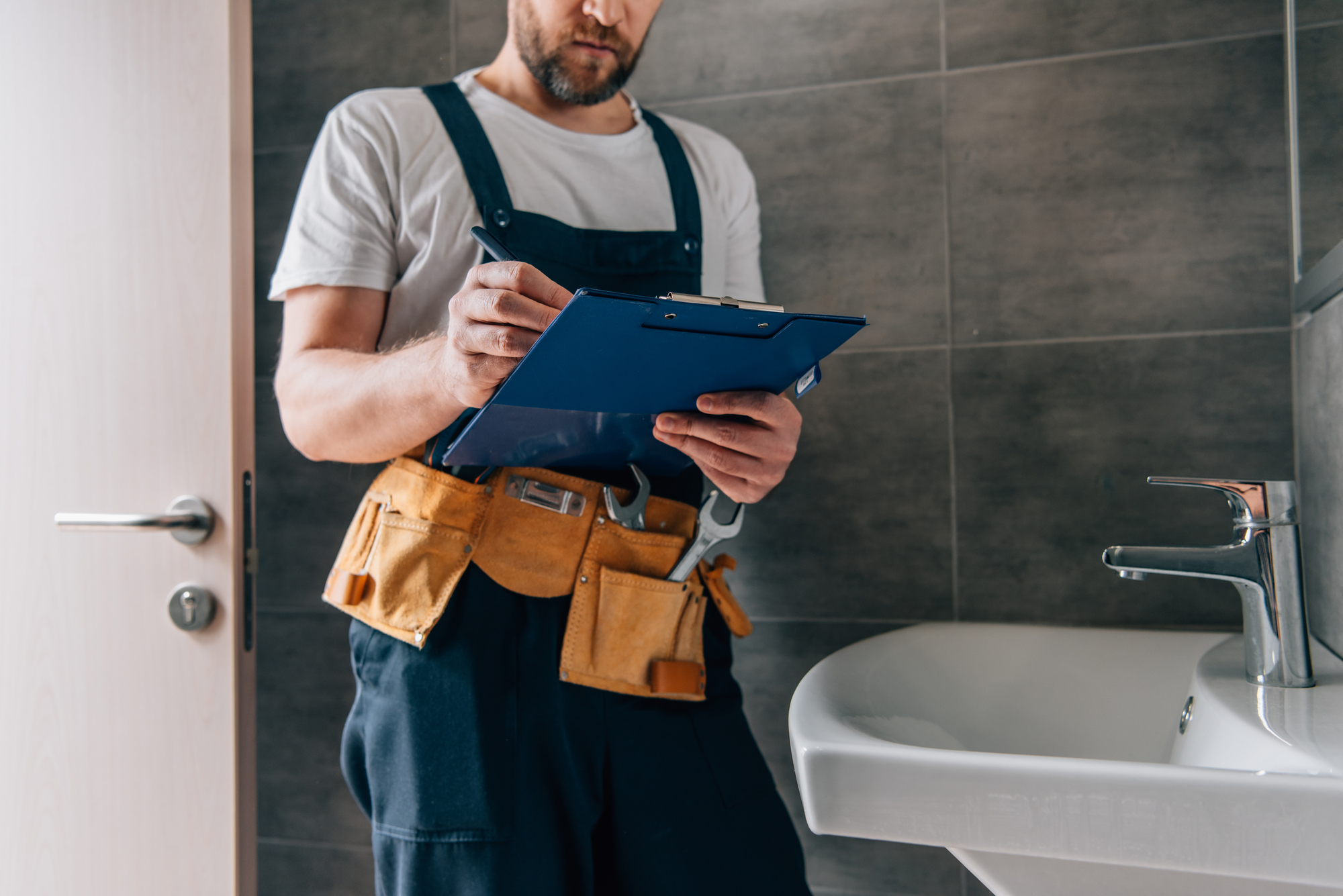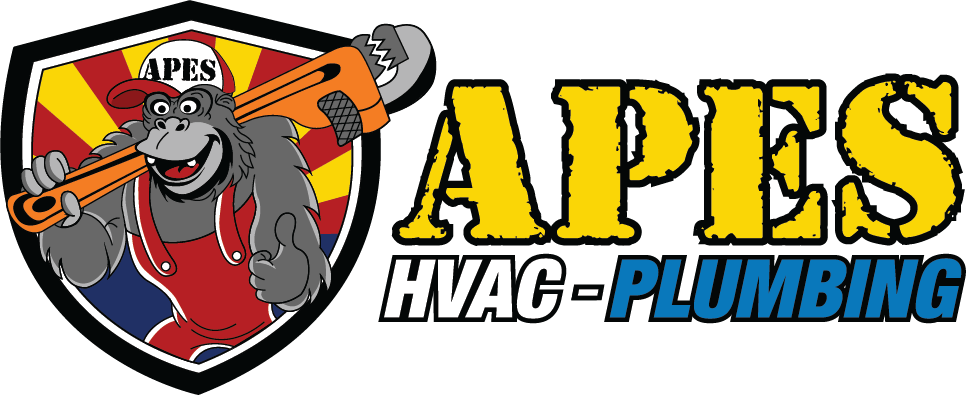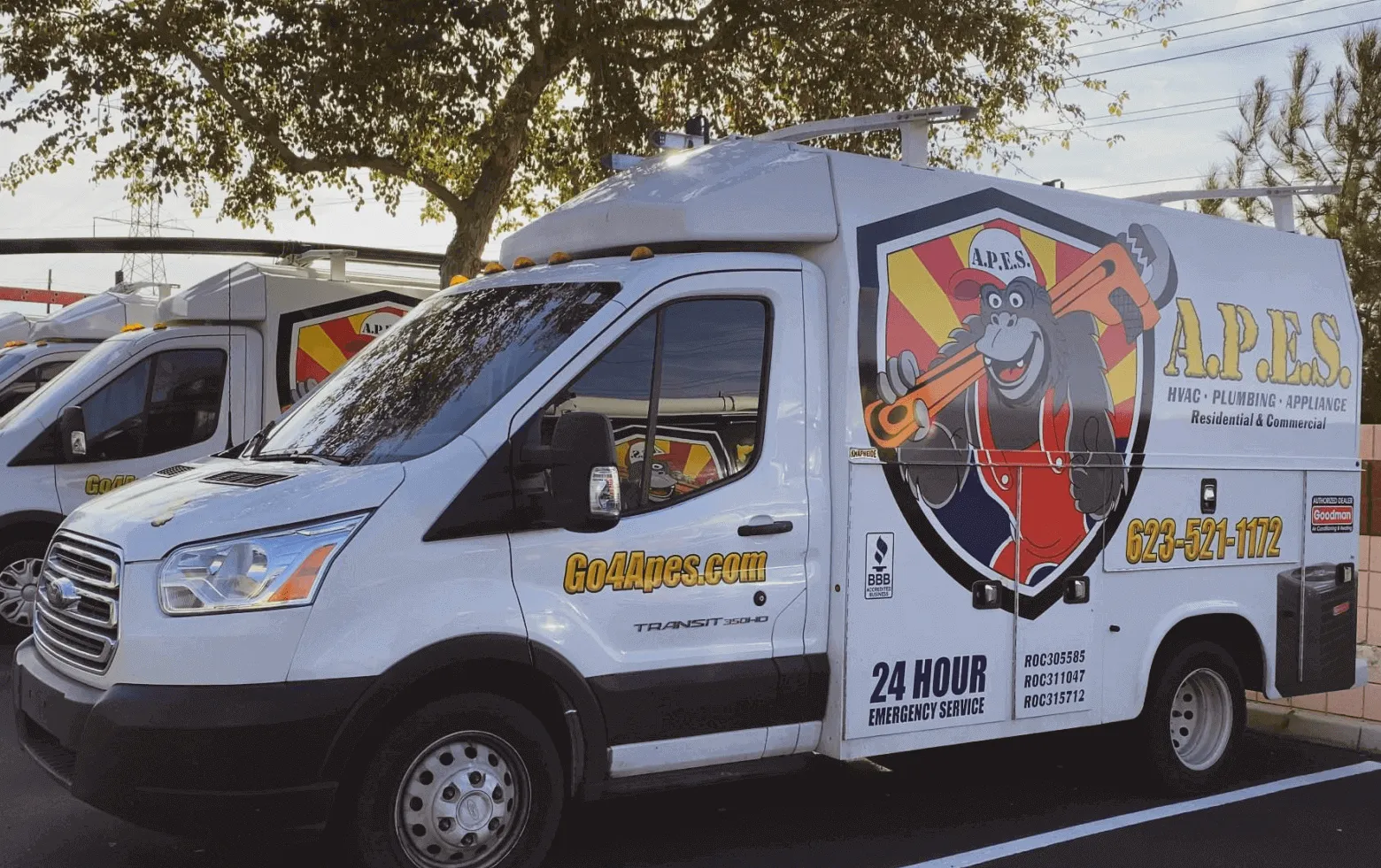Imagine a house party, and your home is brimming with guests. As you prepare to wash off the remnants of a hearty meal, you notice the water in the kitchen sink isn’t draining. It just sits there, and a subtle, unpleasant odor rises. You plunge frantically, hoping it’s just a small obstruction, but the water gurgles mockingly, refusing to budge.
Everyone has experienced a clogged drain at one point or another, and while it’s a common household nuisance, it can escalate quickly if not addressed promptly. This guide will walk you through ten telltale signs that your drains might be begging for attention, along with practical advice on what to do before calling in the professionals.
What Causes Clogs in Your Drains
Understanding what causes your drains to clog can help you prevent future issues. Here are some common culprits:
- Hair: Hair is one of the most common causes of drain clogs, especially in bathroom sinks and showers. Hair tends to tangle and knot, unlike most substances that might flow through pipes. This creates a net-like structure inside the drain, which can catch other debris passing through, such as soap scum, small waste particles, and even grease from soap products.Additionally, hair does not break down chemically in water like some organic materials. It is resistant to degradation, which means once it lodges in your plumbing, it can remain there for a long time, continually collecting other debris and enlarging the blockage. Over time, this accumulation forms a dense, matted plug that water cannot easily penetrate or wash away.
- Soap Scum: Soap scum results from the reaction between soap and hard water minerals, forming a sticky residue. This residue clings to the sides of pipes, trapping hair, dirt, and other debris. Over time, this accumulation narrows the pipes’ diameter, reducing water flow and increasing the likelihood of clogs. Regular cleaning with vinegar or specialized bathroom cleaners can help dissolve and remove this buildup, keeping your drains flowing freely.
- Food Waste: Even with garbage disposal, certain types of food waste, like grease, oil, and coffee grounds, can solidify in pipes, leading to clogs. These substances stick to the insides of pipes and, as they accumulate, restrict water flow and catch other debris. To prevent such clogs, avoid disposing of these materials down the drain and use composting methods where possible.
- Small Objects: Small objects like jewelry, toy parts, or cotton swabs can accidentally find their way down the drain. While they might pass through the drain grate, they can get lodged in the pipes where they act as a net, snagging toilet paper, hair, and other debris, causing severe blockages.
- Mineral Buildup: In areas with hard water, minerals like calcium and magnesium can precipitate out of the water and form scale on the insides of pipes. This mineral buildup not only reduces the internal diameter of the pipes but can also become a binding site for other materials, leading to clogs.
- Toilet Paper Overload: While toilet paper is designed to dissolve in water, excessive use or the flushing of thicker, less soluble paper products like paper towels, wipes, or feminine hygiene products can quickly clog pipes. These materials do not break down easily and can accumulate, forming a block that impedes wastewater flow.
- Tree Roots: For homes with older plumbing, tree roots attracted to the moisture in pipes can grow into even small cracks or joints in the plumbing system. Over time, these roots can expand and block the flow, sometimes even breaking the pipes.

10 Common Indicators of Clogged Drains
Recognizing the early signs of clogged drains can save you time, money, and stress. Each of these signs might not just indicate a clog but could also point to where in your plumbing system the problem is occurring. Here’s what to watch for to keep your plumbing in optimal condition:
1. Slow Draining
One of the first signs of a clog is water moving sluggishly through drains. Whether it’s a bathroom sink, your shower, or the kitchen sink, slow drainage typically indicates a buildup of debris—anything from hair and soap scum to food particles and grease. To tackle this early sign, try a homemade mixture of vinegar and baking soda followed by hot water, which can often dislodge the gunk and get things flowing smoothly again. Consider using a plunger to create pressure that helps dislodge the blockage for tougher clogs. If these methods fail, it might be time to use a drain snake to reach deeper into the pipe.
2. Gurgling Sounds
Unusual noises from your drains can be more than just an annoyance—they’re a warning. Gurgling sounds often mean air is trapped in the pipes due to a blockage. Before the problem escalates, you can use a plunger or a plumber’s snake to clear the blockage, or for more stubborn issues, a wet-dry vacuum can sometimes provide the necessary suction to remove the clog. It’s also wise to check vent pipes for any obstructions, as blocked vents can contribute to this problem by disrupting normal airflow through your plumbing system.
3. Water Backing Up
It’s a definite red flag when water reverses direction and comes back up the drain. This backflow can be messy and unsanitary, particularly if it involves sewage. Initially, using a plunger might resolve the issue, but for more persistent problems, a drain auger or a call to a professional plumber might be necessary. If the plunger doesn’t work, try a plumber’s snake to reach further down the drain and break up the clog, or as a last resort, consider a hydro jetting service, which uses high-pressure water to blast through blockages.
4. Foul Odors
If a persistent foul smell comes from your drains, it’s likely due to decaying organic matter stuck in a clog. This is especially common in kitchen sinks where food scraps get trapped. Pouring a mix of hot water and baking soda down the drain can often neutralize odors and help break down the material causing the smell. Follow up with lemon juice or vinegar for persistent odors to provide additional cleaning power and a fresh scent. Regular cleaning of drain traps and using enzyme-based cleaners can also prevent the buildup that leads to these odors.
5. Frequent Need to Plunge
If you regularly reach for the plunger, consider this a sign that a more significant clog is forming in your plumbing system. While a plunger can temporarily solve the problem, it’s wise to investigate further with a more thorough cleaning solution or consult a professional to inspect your pipes. For a deeper clean, use a plumbing snake to dislodge blockages further down the pipe, which a plunger might not reach. Regular maintenance, including enzymatic drain cleaners, can help break down potential clogs before they become serious.
6. Changes in Flush Efficiency
When your toilet doesn’t flush as powerfully as usual, it could be due to a partial clog in the main line, affecting its efficiency. Start with a plunger, but if the problem persists, it may be time to use a plumbing snake to reach deeper into the system. Another factor to consider is the condition of your toilet’s tank components; sometimes, replacing worn-out flappers or adjusting the float can enhance flush performance. If these efforts don’t resolve the issue, this might indicate a more complex problem in your sewer line, necessitating a professional plumber’s inspection.
7. Pools of Water
Notice pools of water forming around areas like your laundry room? This could be a sign that your floor drain is clogged. Clearing out floor drains might require a snake, especially if the clog is stubborn or there’s significant buildup affecting drainage. Ensure the grates are debris-free, which can often accumulate and block water flow. For preventive maintenance, regularly flush these drains with a strong stream of water to keep them clear. If these steps do not resolve the pooling water, there could be a more severe issue, such as a broken or improperly graded pipe, requiring professional evaluation and possibly significant repair.
8. Multiple Clogged Fixtures
If several fixtures in your home are clogged at once, it strongly indicates a blockage in your main sewer line. This critical situation typically requires professional intervention to prevent further damage or a complete blockage. If you notice that sinks, toilets, and showers are all draining slowly or not at all, it could mean that your main line is obstructed by roots, accumulated waste, or even structural damage. In such cases, a professional can use specialized equipment like a motorized drain auger or a hydrojetting machine to clear the blockages effectively, and a camera inspection might be conducted to identify and assess the damage.
9. Overflowing Toilets
An overflowing toilet is a plumbing issue and a potential health hazard. It often indicates a severe blockage that needs immediate attention. After shutting off the water to prevent further overflow, use a plunger or a plumber’s snake to address the clog. If these tools don’t resolve the issue, it’s time to call in a professional. They may need to perform a more comprehensive assessment to locate and remove deep blockages, potentially involving cleaning the entire sewer line to prevent future occurrences.
10. Rising Water in the Sink When the Toilet Flushes
This peculiar scenario often points to a blockage in your main sewer line. Water redirected from one fixture to another suggests a significant obstruction. Professional help is usually required to diagnose and solve this plumbing problem. A plumber might use a sewer line video inspection tool to inspect the pipes and pinpoint where the blockage occurs visually. Depending on the findings, they suggest snaking the line or more extensive hydrojetting, which uses high-pressure water streams to clear the obstructions and buildup within the pipes.

DIY Drain Maintenance Tips
Maintaining your drains regularly can save you from the headaches of unexpected clogs and plumbing emergencies. Here are some easy, practical tips that every homeowner can follow to keep their drains clear and functional:
- Hot Water Flushes: Make it a routine to pour boiling water down your drains once a week. This can help dissolve any grease buildup and flush away any new debris that has accumulated in your pipes.
- Baking Soda and Vinegar: Once a month, pour a cup of baking soda followed by a cup of white vinegar down each drain. The chemical reaction helps break down fatty acids into soap and glycerine, allowing clogs to wash down the drain. After letting it fizz for 15 minutes, follow up with a hot water flush to clear everything out.
- Use Strainers: Place mesh strainers in sinks and showers to catch hair and other large particles before they go down the drain. Be sure to clean the strainers regularly.
- Avoid Chemical Cleaners: While it might be tempting to use chemical drain cleaners for tough clogs, they can often damage your pipes if used repeatedly. Instead, opt for more natural methods or use a plunger or a plumber’s snake.
- Enzyme-Based Cleaners: Consider using enzyme-based cleaners instead of chemical ones. These cleaners use natural bacteria to eat away organic matter in your drains without damaging your pipes and are safe for septic systems.
- Regularly Clean Stopper and Drain Covers: Hair and soap often accumulate under the stopper or drain cover in your bathroom sink or bathtub. Regular cleaning can prevent these from building into clogs.
- Install Drain Guards: Adding drain guards in showers and sinks can help prevent debris, such as hair and soap scum, from entering your plumbing system, reducing the risk of clogs.
- Use Water Softeners: If you live in an area with hard water, consider installing a water softener. It can prevent mineral buildup in your pipes, which can contribute to narrowing and eventually clogs.
- Composting: Reduce kitchen waste clogs by composting organic material like food scraps instead of disposing of them down the drain. This not only helps keep your drains clear but also benefits your garden.
- Professional Inspection: If you live in an older home or have frequent plumbing issues, consider having a professional plumber inspect your system once a year. They can spot potential problems and help you address them before they lead to bigger issues.

